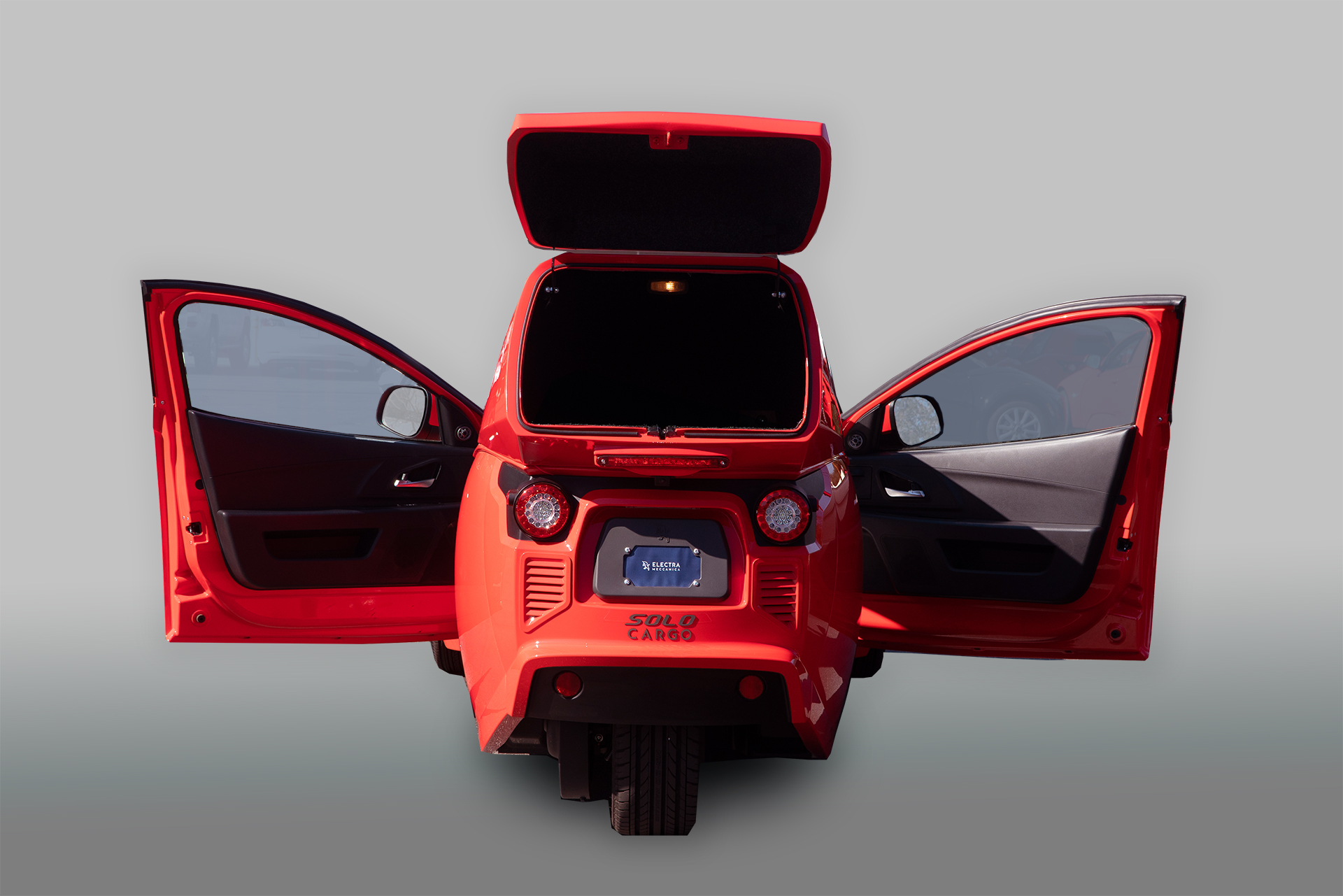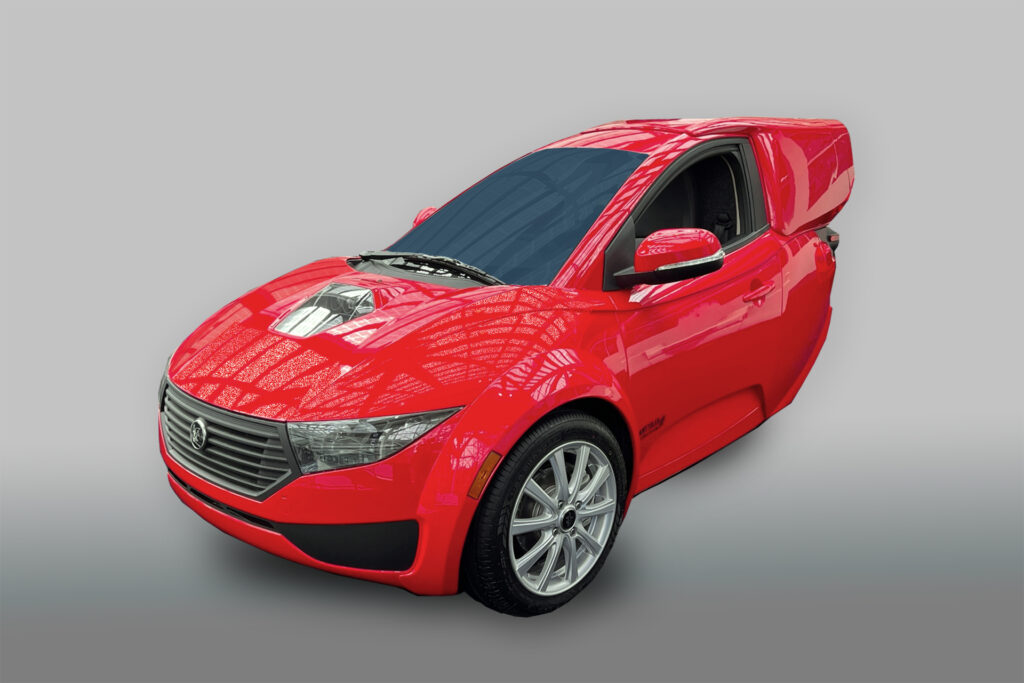
The Canadian compact electric vehicle manufacturer Electra Meccanica has updated its delivery timeline for the SOLO Cargo EV to Q2. That means commercial and fleet customers can expect to see the new SOLO EVs delivered later this year.
The SOLO Cargo EV is purpose-built for light commercial fleets seeking a cost effective and sustainable approach. Delivery with space for a single driver and enough cargo room to support an efficient delivery operation.
Early prototype SOLO Cargo vehicles have been deployed in several exciting applications, receiving positive feedback from customers. Through these efforts, we have garnered significant indications of interest from our fleet industry outreach. We are excited to begin offering this new version and expanding our addressable market into the highly promising commercial and fleet space.
-CEO, Kevin Pavlov
See also: 11 awesome EVs you can’t buy in America
Compact Solo Cargo Space
The company’s predecessor, Intermeccanica, has been building high-end specialty cars for over sixty years. Still, they have been working on their three-wheeled all-electric vehicle, the SOLO EV, since 2015, intended to revolutionize the urban commute.
The SOLO Cargo EV has a range of 100 miles and a top speed of 80 mph. The Cargo version will support commercial applications with over twice the storage capacity, such as a bulkhead separating the driver from the cargo, a folding interior floor panel, cargo netting, and a telematics-enabled device. For added safety, the roof is reinforced with a Kevlar band.

In March of 2021, Electra Meccanica announced the development of a production facility in Arizona for its SOLO EVs. The facility is on schedule to be ready by the summer and will produce 20,000 vehicles per year.
The SOLO Cargo EV is currently available for order at a starting MRSP of $24,500.
The exterior wrapping is customizable based on company needs, including optional graphics, logos and customized lighting. Additional third-party up-fitting options are available for the interior, such as warming and cooling elements for food delivery, strobe lighting and locked boxes along with shelves and bins.